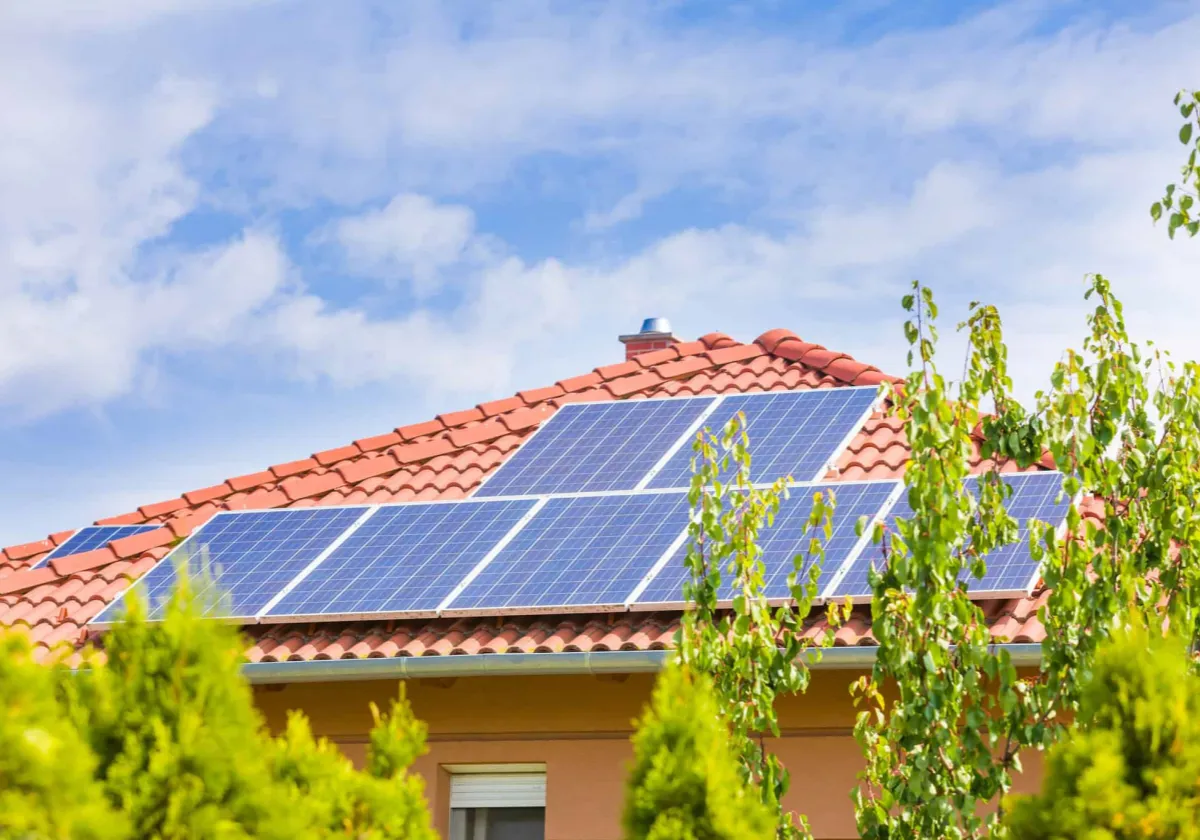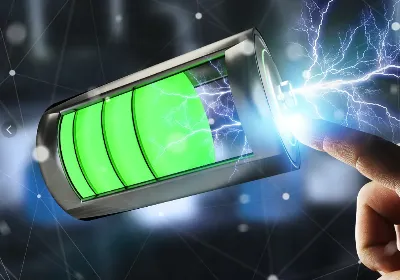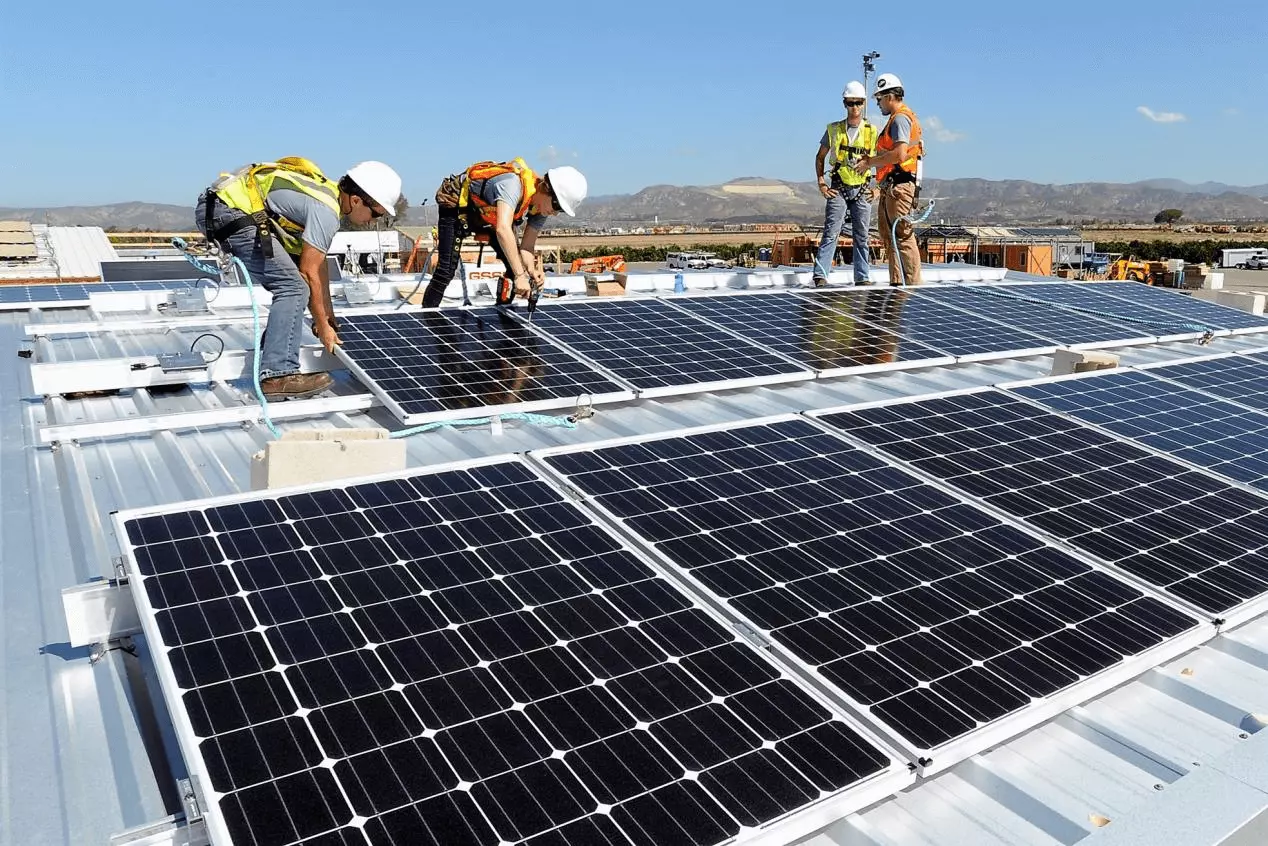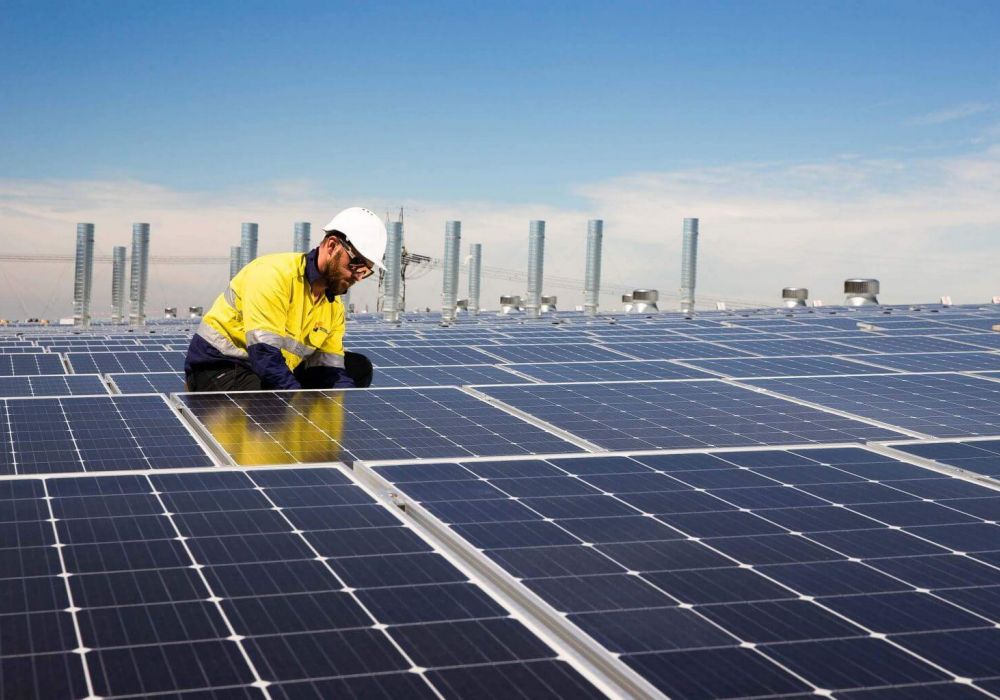Classification and Introduction of Solar Photovoltaic System
Classification and Introduction of Solar Photovoltaic System
Generally, we divide photovoltaic systems into independent systems, grid-connected systems and hybrid systems. According to the application form, application scale and load type of solar photovoltaic system, the photovoltaic power supply system can be divided more carefully. Photovoltaic systems can also be subdivided into the following six types: small solar power supply system (SmallDC); simple DC system (Simple DC); large solar power supply system (Large DC); AC and DC power supply system (AC/DC); Grid system (Utility GridConnect); Hybrid power supply system (Hybrid); Grid-connected hybrid system. The working principle and characteristics of each system are described below.
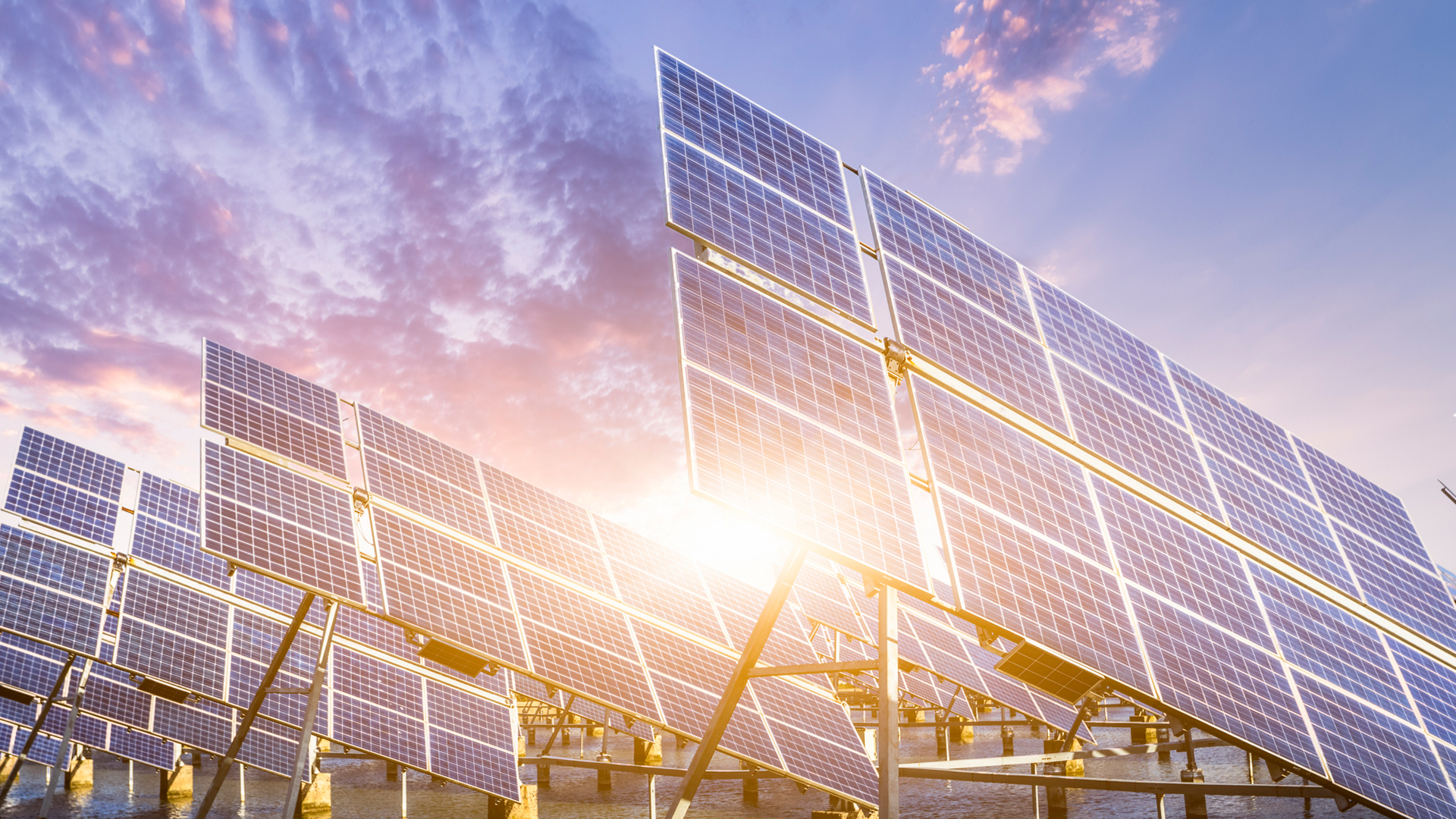
1. Small solar power supply system (Small DC)
The characteristic of this system is that there is only DC load in the system and the load power is relatively small, the whole system is simple in structure and easy to operate. Its main purpose is general household system, various civilian DC products and related entertainment equipment. For example, in the western region of my country, this type of photovoltaic system has been widely used, and the load is a DC lamp, which is used to solve the problem of household lighting in areas without electricity.
2. Simple DC system (Simple DC)
The characteristic of this system is that the load in the system is a DC load and there is no special requirement on the use time of the load. The load is mainly used in the daytime, so the system does not use a battery and does not need to use a controller. The system structure is simple and can be used directly. The photovoltaic module supplies power to the load, which saves the energy storage and release process in the battery and the energy loss in the controller, which improves the energy utilization efficiency. It is often used in PV water pump systems, some temporary equipment during the day and some tourist facilities. The figure below shows a simple DC PV pump system. This system has been widely used in developing countries where there is no pure tap water for drinking, and has produced good social benefits.
3.Large solar power supply system (Large DC)
Compared with the above two photovoltaic systems, this photovoltaic system is still suitable for DC power supply systems, but this kind of solar photovoltaic system usually has a large load power. In order to ensure that the load can be reliably supplied with stable power supply, the corresponding system The scale is also large, and it needs to be equipped with a larger photovoltaic module array and a larger battery pack. Its common application forms include communication, telemetry, monitoring equipment power supply, centralized power supply in rural areas, beacon lighthouses, street lights, etc. Some rural photovoltaic power stations built in some areas without electricity in the west of our country adopt this form. The communication base stations built by China Mobile and China Unicom in remote areas without power grids also use this type of photovoltaic system for power supply. Such as the communication base station project in Wanjiazhai, Shanxi.
4.AC and DC power supply system (AC/DC)
Different from the above three solar photovoltaic systems, this kind of photovoltaic system can provide power for DC and AC loads at the same time. In terms of system structure, there are more inverters than the above three systems, which are used to convert direct current into alternating current to meet AC load requirements. Usually, the load power consumption of this kind of system is relatively large, so the scale of the system is also relatively large. It is used in some communication base stations with both AC and DC loads and other photovoltaic power plants with AC and DC loads.
5.Grid-connected system (Utility Grid Connect)
The biggest feature of this kind of solar photovoltaic system is that the direct current generated by the photovoltaic array is converted into alternating current that meets the requirements of the mains grid through the grid-connected inverter and then directly connected to the mains network. In addition, excess electricity is fed back to the grid. In rainy days or nights, when the photovoltaic array does not generate electricity or the electricity generated cannot meet the load demand, it will be powered by the grid. Because the electric energy is directly input into the grid, the configuration of the battery is eliminated, and the process of energy storage and release of the battery is omitted, and the power generated by the PV array can be fully utilized to reduce energy loss and system cost. However, a dedicated grid-connected inverter is required in the system to ensure that the output power meets the requirements of the grid power for voltage, frequency and other indicators. Because of the efficiency of the inverter, there will still be some energy loss. Such systems are usually able to use the utility power and the solar photovoltaic module array in parallel as the power source for the local AC load. Reduced load shortage rate of the entire system. Moreover, the grid-connected PV system can play a peak-shaving role in the public grid. However, as a distributed power generation system, grid-connected photovoltaic power supply system will have some adverse effects on the grid of traditional centralized power supply system, such as harmonic pollution, island effect, etc.
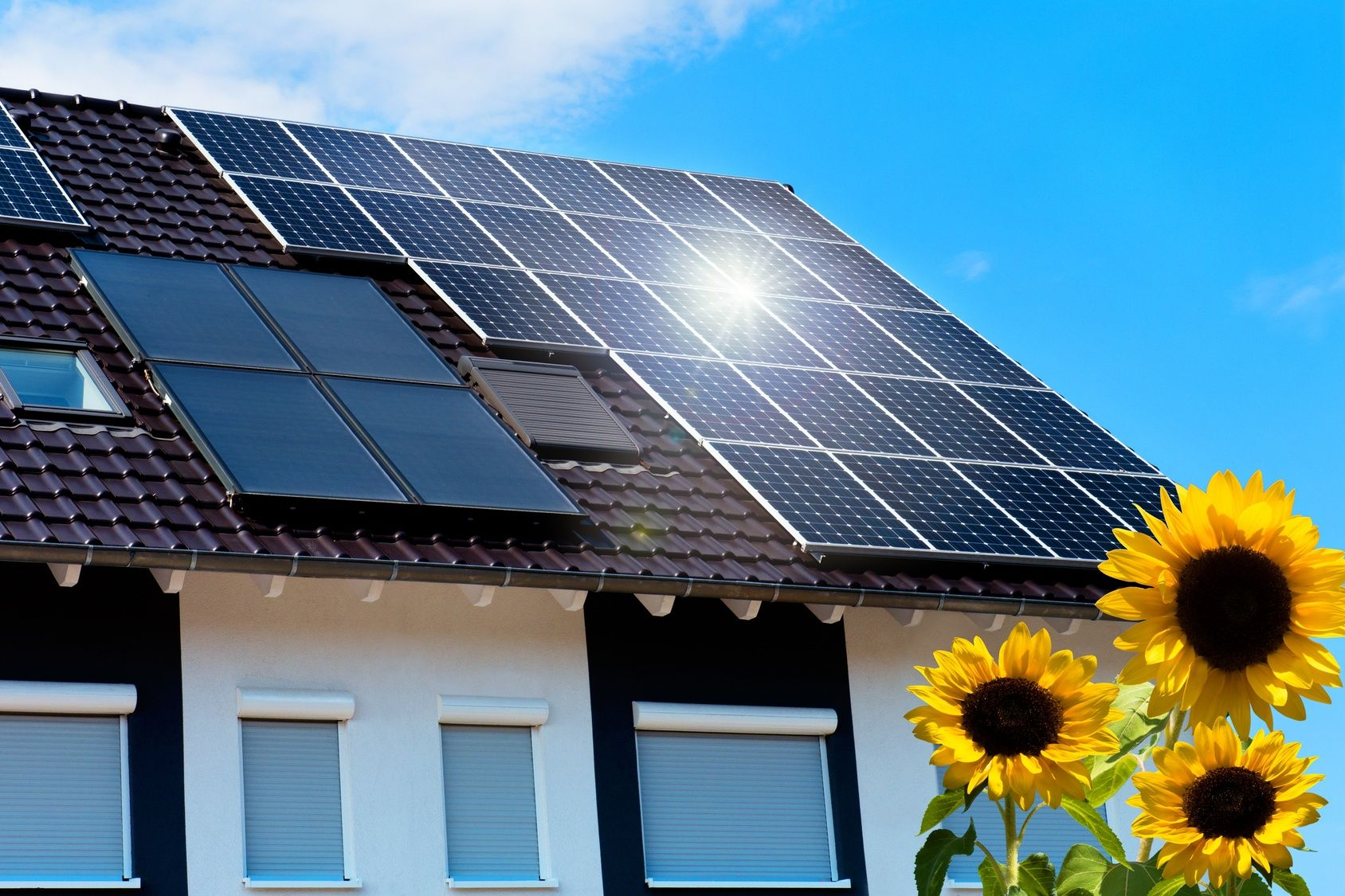
6.Hybrid power supply system (Hybrid)
In addition to using solar photovoltaic module arrays in this solar photovoltaic system, an oil generator is also used as a backup power source. The purpose of using a hybrid power supply system is to comprehensively utilize the advantages of various power generation technologies and avoid their respective disadvantages. For example, the advantages of the above-mentioned independent photovoltaic systems are less maintenance, but the disadvantage is that the energy output depends on the weather and is unstable. Compared with the single energy independent system, the hybrid power supply system using diesel generators and photovoltaic arrays can provide energy that does not depend on the weather. Its advantages are:
- The use of hybrid power supply systems can also achieve better utilization of renewable energy. Because stand-alone systems using renewable energy are usually designed for worst-case scenarios, and because renewable energy is variable and unstable, the system must be designed for the period of least energy production. At other times, the system is oversized because the system is designed for the worst case. The excess energy produced during periods of peak solar radiation is not used and is wasted. The performance of the entire stand-alone system is thus degraded. If the conditions of the worst month are very different from other months, it may result in wasted energy equal to or even exceed the demand of the design load.
- High system availability. In an independent system, due to the change and instability of renewable energy, the power supply of the system cannot meet the load demand, that is, there is a power shortage of the load. Using a hybrid system will greatly reduce the power shortage rate of the load.
- Less maintenance and use less fuel than a diesel generator-only system.
- High fuel efficiency. In the case of low load, the fuel utilization rate of the diesel engine is very low, which will cause waste of fuel. In the hybrid system, comprehensive control can be carried out to make the diesel engine work near the rated power, thereby improving fuel efficiency.
- Better flexibility in load matching. After using the hybrid system, because the diesel generator can provide greater power instantly,
Therefore, the hybrid system can be applied to a wider range of load systems, such as larger AC loads, impact loads, etc. It can also better match the load and the power generation of the system. This is simply done by turning on the backup power source during peak load times. Sometimes, the size of the load determines the need to use a hybrid system. Large loads require high current and high voltage. If you just use solar energy, the cost will be very high.
Hybrid systems also have their own disadvantages:
- The control is more complicated. Because a variety of energy sources are used, the system needs to monitor the working conditions of each energy source, deal with the interaction between the various sub-energy systems, and coordinate the operation of the entire system, which makes its control system more complicated than the independent system. The processing chip performs system management.
- The initial project is relatively large. The design, installation, and construction work of a hybrid system is larger than a stand-alone project.
- Requires more maintenance than standalone systems. The use of the diesel engine requires a lot of maintenance work, such as replacing the oil filter, fuel filter, spark plug, etc., and adding fuel to the fuel tank.
- Pollution and noise. Photovoltaic system is clean energy utilization without noise and emission, but because diesel engine is used in the hybrid system, noise and pollution are inevitable.
Many communication power supplies and civil aviation navigation equipment power supplies in remote areas without electricity use hybrid systems for power supply because of high requirements on power supplies, in order to achieve the best cost performance. Many rural photovoltaic power stations built in Xinjiang and Yunnan in my country use light/firewood hybrid systems.
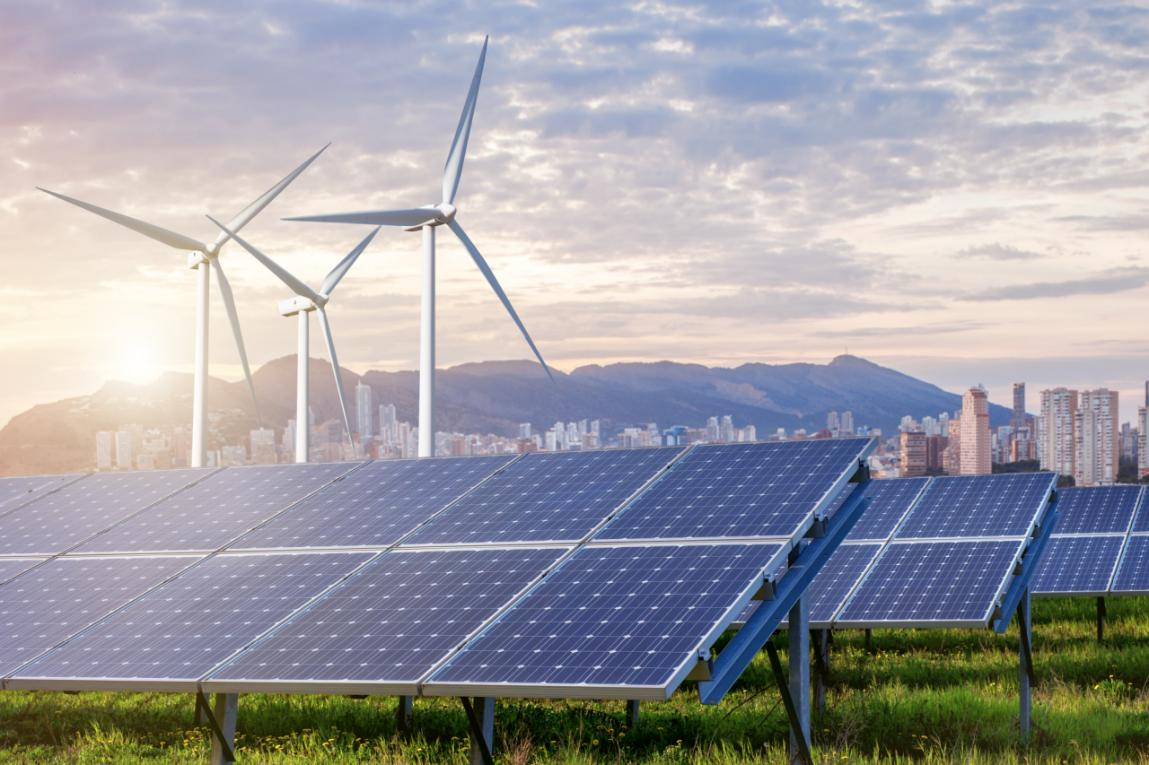
7.Grid-connected hybrid power supply system (Hybrid)
With the development of solar optoelectronics industry, a grid-connected hybrid power supply system that can comprehensively utilize solar photovoltaic module arrays, mains power and backup oil generators has emerged. This kind of system is usually integrated with the controller and inverter, using computer chips to fully control the operation of the entire system, comprehensively utilizing various energy sources to achieve the best working condition, and using batteries to further improve the load power supply guarantee rate of the system , such as AES’s SMD inverter system. The system can provide qualified power for local loads and can work as an online UPS (uninterruptible power supply). It is also possible to supply power to or obtain power from the grid. The system usually works in parallel with the mains power and solar power. For local loads, if the power generated by the photovoltaic modules is sufficient for the load, it will directly use the power generated by the photovoltaic modules to supply the load. If the electricity generated by the photovoltaic modules exceeds the demand of the immediate load, the excess electricity can be returned to the grid; if the electricity generated by the photovoltaic modules is not enough, the utility power will be automatically enabled to use the utility power to supply the needs of the local load, and, when the local When the power consumption of the load is less than 60% of the rated mains capacity of the SMD inverter, the mains will automatically charge the battery to ensure that the battery is in a floating charge state for a long time; if the mains fails, that is, the mains fails or the mains If the quality of the load is not up to standard, the system will automatically disconnect the mains and switch to an independent working mode, and the AC power required by the load is provided by the battery and the inverter. Once the mains power returns to normal, that is, the voltage and frequency return to the above-mentioned normal state, the system will disconnect the battery and work in grid-connected mode, powered by the mains. In some grid-connected hybrid power supply systems, the system monitoring, control and data acquisition functions can also be integrated in the control chip. The core components of this system are the controller and inverter.

